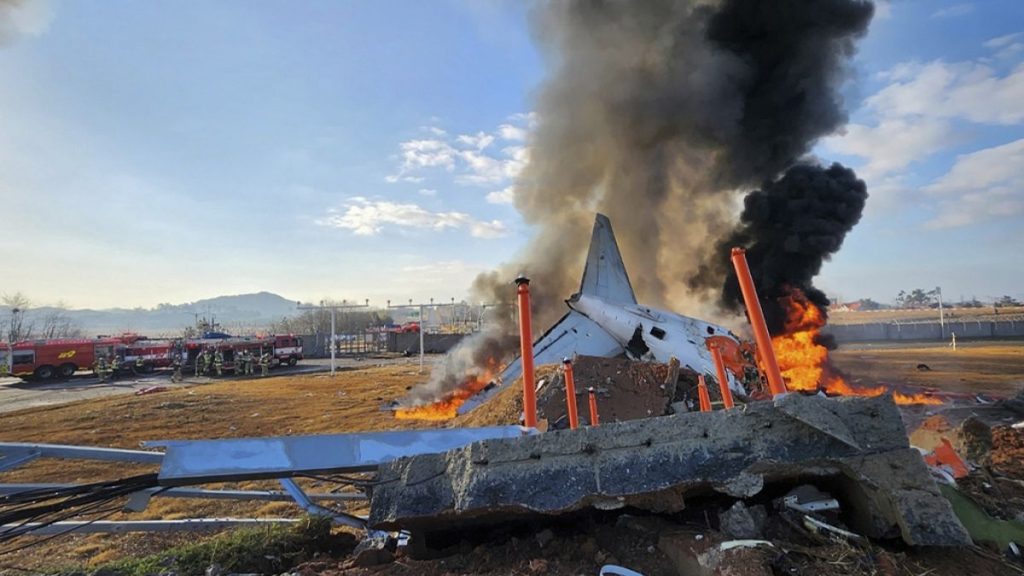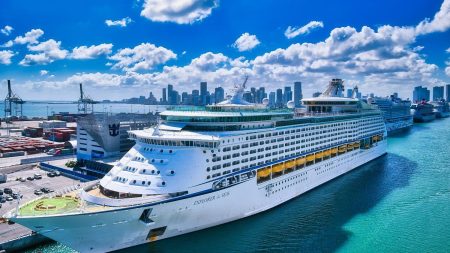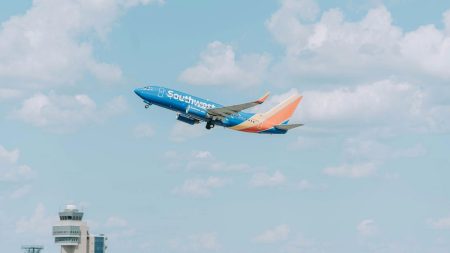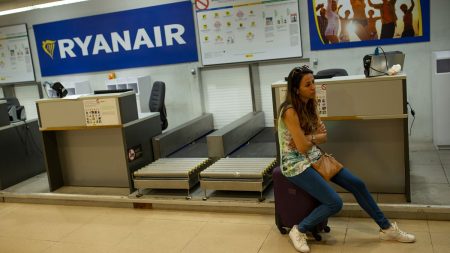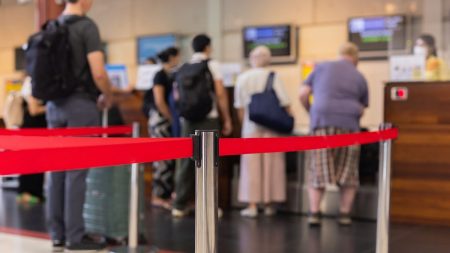A Jeju Air Boeing 737-800 passenger plane, en route from Bangkok to Muan International Airport in South Korea, crashed during a landing attempt, resulting in a catastrophic fire and a significant loss of life. The incident occurred on a Sunday morning when the aircraft, carrying 181 passengers and crew, skidded off the runway after an apparent failure of the front landing gear to deploy. The plane subsequently collided with a concrete perimeter wall, triggering an explosion and engulfing the aircraft in flames. Tragically, only two individuals, both crew members, survived the crash. They were rescued by emergency personnel and reported to be in stable condition.
The immediate aftermath of the crash was marked by a large-scale emergency response. Thirty-two fire trucks and multiple helicopters were dispatched to the scene to combat the blaze, along with approximately 1,560 firefighters, police officers, soldiers, and other officials. Television footage vividly captured the plane’s high-speed skid across the runway, the absence of deployed landing gear, and the fiery impact against the wall. The severity of the crash was evident in the near-total destruction of the aircraft, leaving only the tail section recognizable amidst the wreckage. Authorities immediately began investigating the potential causes of the crash, considering factors such as a possible bird strike.
Early investigations by the Transport Ministry revealed a crucial piece of information: the airport control tower had issued a bird strike warning to the pilot shortly before the intended landing. The pilot was granted permission to land in a different area, but shortly thereafter, a distress signal was emitted. The plane subsequently overran the runway, crossed a buffer zone, and collided with the wall. Crucial evidence, including the flight data recorder and cockpit voice recorder, commonly known as the “black box,” were recovered and handed over to government experts to determine the precise sequence of events leading to the disaster. The Muan airport runway was closed for several days following the incident.
The passenger manifest included two Thai nationals, prompting condolences from Thai Prime Minister Paetongtarn Shinawatra, who also ordered the Ministry of Foreign Affairs to provide immediate assistance. The Airports of Thailand confirmed the plane’s departure from Suvarnabhumi Airport without any reported irregularities concerning the aircraft or runway conditions. Jeju Air issued a public apology, pledging full cooperation in the aftermath of the accident and committing to manage the situation responsibly.
In a televised address, Jeju Air’s president, along with other senior officials, expressed profound remorse and accepted full responsibility for the tragic event. He confirmed that recent routine checkups had not revealed any mechanical issues with the aircraft. The identification and notification of victims’ families began at the Muan airport, scenes filled with grief and anguish as the names were announced. Boeing, the aircraft manufacturer, expressed condolences and pledged support to Jeju Air in navigating the aftermath of the crash.
This devastating crash ranks among the deadliest aviation disasters in South Korea’s history, recalling the 1997 Korean Air crash in Guam that claimed 228 lives. It also echoes the 2013 Asiana Airlines crash landing in San Francisco, which resulted in three fatalities and numerous injuries. This tragic event underscores the inherent risks in air travel and the importance of thorough investigations to prevent future occurrences. The investigation into the Jeju Air crash continues, with experts meticulously analyzing the recovered data and wreckage to ascertain the precise cause of the accident and implement necessary safety measures to mitigate such risks in the future.




